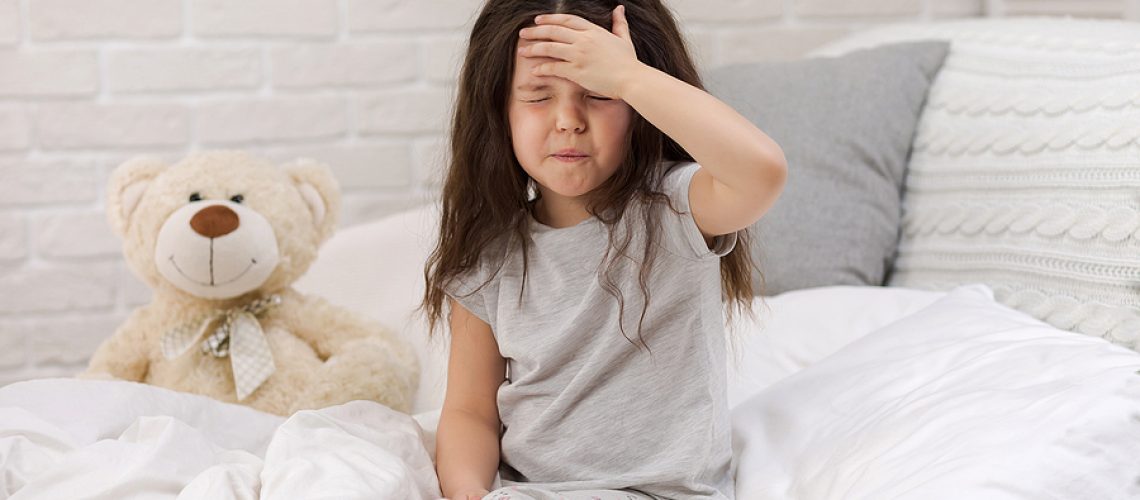It’s the flu season again.
There is a high chance that a loved one or yourself will catch it. The fever, runny nose, sore throat, headache, coughing, and muscle pain are very relatable.
It can be brutal.
The good news is, you are not powerless against it.
Your first line of defense against flu is a stellar immune system, and building one is not as hard as you might think.
- Spend some quality time in nature, for instance, a morning stroll in the park.
- Grab a fruit or some veggies for a healthy snack in between meals.
- Spend quality time with your loved ones to help boost your feel-good hormones and suppress the stress hormones.
Such simple routine life adjustments will go a long way in not only beating the flu but staying healthy. Once you bounce back to health, your job is still not done yet.
Your house will require disinfecting to avoid the flu getting to the rest of the family.
How do you know that you are doing it right?
Here is everything you need to know about disinfecting your house after the flu is gone.
The Best Time to Start Cleaning to Avoid Spreading the Flu
Immediately a loved one has caught the flu, starts doing things differently. At this point, you have to do more than the regular cleaning day.
Note that as long as you don’t disinfect, you leave your loved ones exposed to the flu virus for the next 48 hours. Daily disinfecting is, therefore, very necessary.
The high-contact surfaces such as doorknobs and handles, tv-remotes, light-switches, and rails will require frequent cleaning and disinfecting. Any area or object that people in your house are almost always coming into contact with will require wiping down frequently with a Sanidry Disinfecting Wipe.
Disinfectants that Work Against the Flu
When it comes to preventing the spread of the flu virus, you have to get it right. Remember, you are not just cleaning but going further to kill the germs, and disinfecting is required.
First, the disinfecting products you choose must be EPA-certified. To confirm if a product is EPA-certified, go ahead and check on EPA’s website.
However, using a good disinfectant will not guarantee you good results if you do not follow basic rules. These include:
- Before use, read the instructions given. Do not make assumptions and use one product the same way you used another since they may contain different components.
- Ensure sufficient contact time for the disinfectant to work effectively.
- Avoid the temptation to mix products unless indicated otherwise.
Remember dirt surfaces need to be proper cleaned before disinfecting. When properly using Sanidry Disinfecting wipes, use a sheet to clean, discard and use a new one for disinfecting as label instructions indicate.
What to Clean and Disinfect After the Flu is Gone
It is not necessary to turn your house upside down to get rid of the germs. That’s because when one catches the flu, they tend to be less active and will spend most of their time lying in bed.
Focus your cleaning energy on shared surfaces in the bedroom, bathroom, and kitchen.
Here is how to handle each of the three rooms.
The Bedroom
The bedroom is where the sick person spent most of their time.
Wash the linens with soap and water at the highest temperature possible, then leave them out to dry completely. Give adequate attention to the Pillowcases because they are likely to have the highest concentration of flu germs.
Any hard surfaces in the room, such as headboards and tables, require disinfecting with a BioQuatt One-Step Disinfectant or similar product. Don’t forget to allow enough contact time for the solution to work before wiping it off.
The Bathroom
Bathrooms carry the largest share of germs, with the sink holding 6,200 bacteria for every square inch and the floor harboring 764 of them on average.
Wherever possible, the sick person should use a separate hand towel, or better still, a disposable one. It’s also advisable to keep their toothbrushes away from the others. However, toothbrushes should all be left in the open air to dry.
The Kitchen
There are many high-touch surfaces in the kitchen. Think about the tabletops, cabinet handles, and countertops.
The trash can is also a perfect spot for germs to breed and can hold up to 830 germs for every square inch.
All these surfaces need disinfecting immediately after the flu to stop the germs dead in their tracks.
At the end of all that cleaning, you are still not done yet. At least not before throwing out all the cleaning tools or disinfecting them too and finally cleaning your hands.
So how do you do this?
Put all the cleaning items in a washing machine and wash under high heat, then leave out to dry completely.
To avoid the germs riding on your hands to find a new home, wash your hands thoroughly with soap under running water.
In addition to the regular weekly cleaning, repeat this cleaning procedure at least twice a week.
- In general, the more closely you interact with others and the longer that interaction, the higher the risk of COVID-19 spread.
- If you decide to engage in public activities, continue to protect yourself by practicing everyday preventive actions.
- Keep these items on hand when venturing out: a face mask, tissues, and a hand sanitizer with at least 60% alcohol, if possible.


